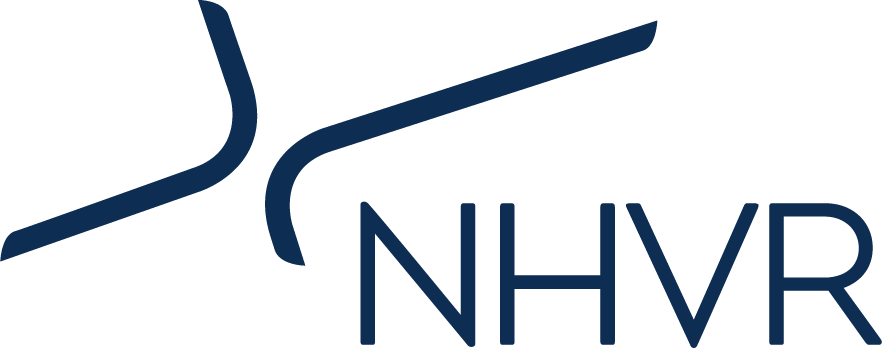Follow these steps to make sure you are complying with your primary duty obligations.
Step One: Know and understand what your transport activities are
Step Two: Identify the risks of your activities, starting with the main risks identified in the HVNL:
- fatigue
- speeding
- excessive mass or dimension
- poorly restrained loads
- unsafe vehicles.
Also think about the risks you can identify through:
- your own direct knowledge and experience
- regulations, codes of practice, research, industry guidance, NHVR web content.
Step Three: Assess the risks
Step Four: Find ways to manage the risks:
- comply with specific rules in the HVNL and its regulations
- identify which transport activities you can influence and control, and which ones you can’t
- read your codes of practice for recommended control measures
- decide what safety procedures are reasonably practicable for your business to introduce, considering the risks involved, the available safety measures and their suitability and cost.
Step Five: Implement appropriate control measures, such as:
- training or recruitment
- procedures
- forms and documentation
- equipment
- technology
- information collection and monitoring
- modifications to premises or vehicles
- auditing or inspection
- agreements or amended agreements
- subscribing to safety bulletins, education and training updates.
Step Six: Monitor the effectiveness of the controls and update them when needed
The NHVR has produced a range of resources to help you complete these steps, including a step-by-step guide to establishing a Safety Management System (SMS).
Managing risk (HVNL basics)
The HVNL has detailed provisions that deal with risks associated with fatigue, speeding, mass, dimension, loading and vehicle standards. Widely-used measures for addressing those risks include:
Managing fatigue and speeding
- employees are trained to understand the risks and identify the signs of fatigue
- drivers have regular medical check-ups to screen for sleep disorders
- rosters and schedules do not require drivers to exceed driving hours or speed limits
- booking systems are flexible and allow for unexpected delays without penalty
- drivers are paid on an hourly basis, rather than per trip
- where possible, driving is not scheduled between midnight and 6am
- a driver is never required to drive while fatigued or at risk of fatigue
- drivers know the location of suitable places for resting
- drivers of fatigue-regulated heavy vehicles know how to use a work diary or EWD
- records are kept of drivers’ activities, including work and rest times
- records are reviewed regularly
- reasonable arrangements are made to manage loading/unloading time slots
- packing and loading is planned so that goods are ready for collection on time
- drivers and their schedulers can be contacted in case of delays
- contingency plans are worked out in advance in case of delays
- premises have suitable places for drivers to rest
- where required, speed limiters are fitted and are functioning properly
- vehicles are fitted with comfortable sleeping berths
- vehicles are comfortable to drive, with good suspension and air conditioning
- vehicles are fitted with electronic work diaries or fatigue detection devices.
Managing mass and dimension
- parties provide accurate information and documentation about the mass of loads
- drivers have equipment or methods for measuring the mass and dimensions of a loaded vehicle
- drivers and CoR parties are aware of the mass and dimension limits applying to vehicles
- freight facilities have equipment or methods for measuring the mass and dimensions of a loaded vehicle
- vehicles are not loaded in a way which exceeds mass or dimension limits
- freight containers are accompanied by a complying Container Weight Declaration (CWD)
- planning for transport of livestock or absorbent materials takes account of the effect of rain on loaded mass
- vehicles only travel on roads for which they are authorised
- vehicles are only scheduled to drive on allowed routes
- copies of required documentation are available inside the vehicle
- drivers and vehicles comply with the conditions of notices and permits
- oversize vehicles are fitted with warning signs and lights
- contracts do not encourage the loading of vehicles in excess of mass and dimension limits.
Safe load restraints
- vehicles are fitted with appropriate load restraint equipment
- drivers are trained to restrain loads and to understand and apply the guidance in the Load Restraint Guide
- loads are restrained in accordance with Loading Performance Standards
- appropriate vehicles are chosen for the type of freight
- overseas manufacturers or packers are required to secure goods inside shipping containers.
Vehicle standards
- vehicles comply with applicable vehicle standards and Australian Design Rules
- inspections are carried out according to manufacturers’ recommendations, or more frequently if needed
- vehicles are checked at the start of each journey
- drivers are trained to identify and report indications of maintenance issues
- safety systems such as Anti-lock Braking Systems (ABS) and Electronic Stability Control (ESC) are adopted where possible
- vehicles are maintained using approved parts and fittings
- vehicle modifications are carried out by authorised persons, and certified.

 Accessibility tools
Accessibility tools

